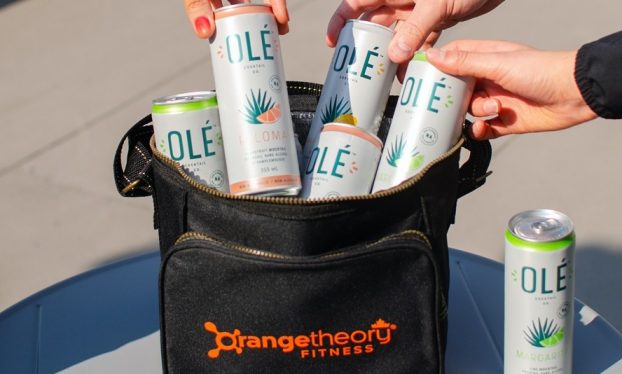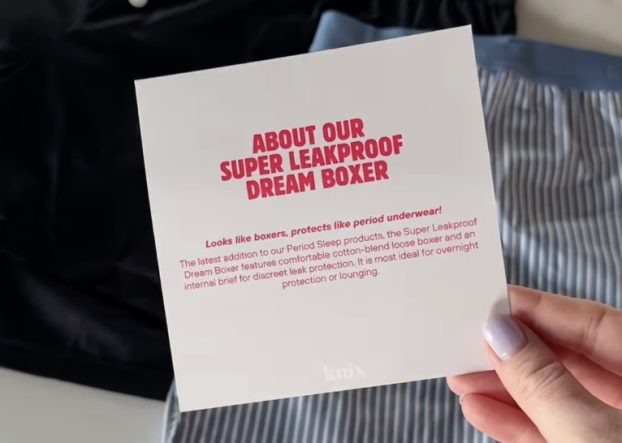The people have spoken. They want healthier food and they want it now. And they’re not going to take the hard-to-understand labelling on packaged goods for an answer.
To that end, in January Health Canada introduced new regulations mandating standardized nutrition labelling for virtually all prepackaged foods, effective December 2005. It’s up to marketers to turn this law into a new opportunity to reach their consumers.
Some are trying to get a head start by introducing nutritional labelling early, and others are tapping into the current health trend by rejigging fatty foods or introducing healthier products.
Karl Moore, professor of marketing strategy at McGill University in Montreal, says marketers can use the new regulations to their benefit. ‘Hopefully, they’ll have an easier time selling more healthy products and that’s the point of the labelling – that people are more aware of what they’re buying.’
As grim stories about rising rates of child obesity and the dangers of fat and sugar continue to permeate the public consciousness, polls and studies indicate Canadians are very concerned about these issues. An April 29 Ipsos-Insight poll found 66% of Canadians considered the nutritional content of food ‘very important’ and 59% read nutritional information on packaging ‘always’ or ‘most of the time.’ Fewer people – 20% – were happy with the level of information they were receiving.
Much like QSRs such as McDonald’s have done, a raft of packaged-goods companies have been responding in different ways to worldwide trends focused on healthier eating.
Nestlé in the U.K. is removing trans fatty acids from some of its confectionery products, and rival Cadbury Schweppes is looking to do the same. Kraft Foods in the U.S. is launching a global child obesity-fighting initiative that includes improved labelling and the elimination of in-school marketing, while Masterfoods USA is introducing a brand extension for Snickers, dubbed the Snickers Marathon bar. It’s billed as an ‘energy bar’ and is fortified with 16 vitamins and minerals. In keeping with its workout theme, it even has special protein in it – about 10 grams of the stuff.
Here in Canada, McCain’s has wasted little time making a splashy announcement in a new TV ad that its Superfries are low in saturated fat and trans fatty acids, which can lead to high cholesterol levels. The Florenceville, N.B.-based company is billing itself as the first Canadian manufacturer to make french fries using non-hydrogenated oil. The company says the Superfries packaging will provide the complete nutritional information required by Health Canada in the future.
Food manufacturers are also bringing new brands to market – a move that speaks to a strategy not of trying to make a fatty product ‘healthy’ but of creating products that are healthy to begin with.
Toronto-based Kraft Canada’s new line of Boca beef and chicken products and the new Nature Gourmet frozen entrees from Toronto-based Maple Leaf Foods are just such examples. Both are soy-based, thereby dispensing with the problem of fats found in ground beef. And marketing for each brand focuses on taste attributes, in addition to the health message.
For instance, a TV spot by Toronto-based Zig shows a man enjoying his Nature Gourmet meal. He asks his wife what’s in it, but she doesn’t want to tell him it’s soy fearing he’ll balk at such a healthy ingredient. Meanwhile, Boca is encouraging trial through a national in-store sampling campaign, and a recipe booklet disseminated through various channels.
There are others making direct, pre-emptive moves in response to the new regulations. At present, both Kellogg and Kraft are working to introduce the new labelling ahead of the 2005 deadline. Susan Davison, director, corporate affairs for Kraft Canada, says the company’s Consumer Response Centre ‘communicates with thousands of consumers each year and regularly receives calls from people seeking nutritional information on our products.’
She says the company is ‘supportive’ of the regulations and is already in the process of converting its labels. ‘Kraft hopes to have 25% of our labels converted by the end of this year with the remaining 75% converted by 2005.’
Kellogg Canada, meanwhile, is not only already in the process of adding the new labelling but is also trying to turn the law into a positive marketing opportunity with the launch of an on-pack labelling education program directed at consumers.
Kellogg’s Corn Flakes and Mini-Wheats packages currently feature explanations of the nutrition terminology and a red maple leaf to ‘applaud’ the Canadian regulations. The Toronto-based cereal maker says it’s the first time a food manufacturer has voluntarily used its packaging to help consumers better understand regulations.
Joanne Trudeau, associate director, nutrition marketing for Kellogg Canada adds that Kellogg is providing more information than is actually required by law – labels will feature about 22 vitamins and nutrients where the government only mandates 13.
‘We’ve done it because we feel a responsibility to do it,’ adds Trudeau. ‘And from a marketing perspective, consumers are really interested in knowing more about nutrition. They want to know what they’re eating and that it’s healthy for them.’
Trudeau says many consumers have requested information about nutritional content through Kellogg’s 1-800 line. She adds: ‘Our consumers are a lot more informed now than they ever were before.’
McGill’s Moore says, ‘What they’re trying to do is establish in consumers’ minds that they’re a good choice from a health viewpoint and there’s kind of a halo effect to their other products to a certain degree.’
But, the healthy alternative may not sell for all products, especially indulgent ones. Moore points out that green products of the last decade didn’t do as well as marketers thought, despite Canadians’ insistence on the primacy of environmental concerns. The same may be true in food.
‘With healthy foods we want foods that taste just as good but have fewer calories. And sometimes it’s really hard to do that. So that will be the challenge – how much are consumers actually willing to give up in taste in order to have a more healthy product?’
Adds Trudeau: ‘Many years ago we did have a low-fat Pop-Tart but that did not meet the consumers’ expectations for that product.’
Pop-Tarts aside, Trudeau says Kellogg doesn’t have far to go to meet consumer demand for healthier food because its products have always been relatively low fat. She doesn’t expect much new marketing around new ‘healthier’ products or extensions.
‘The health benefits of our products have always been part of our marketing campaign. This is not new for us,’ she says, pointing to the Special K Bar as an example.
‘It was launched with a focus of being low in fat, on meeting the needs of women who are looking for snacking ideas but don’t necessarily want to have all the calories. We made sure it was low in fat, that it had nutrients and that it was just below 100 calories.’
The bar was launched one year ago. ‘It’s doing well. We’re really happy and we know that consumers are really embracing this product,’ says Trudeau.























